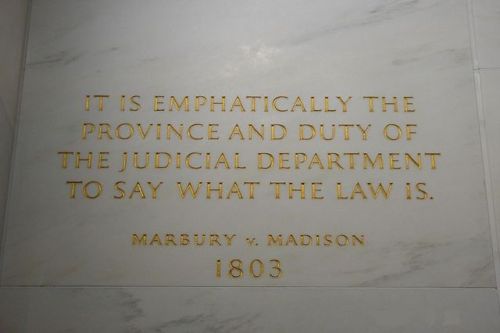#legal history

“Original and meticulously researched, Lobban’s book places the legal politics of detention at the heart of histories of rebellion, protectorates, and martial law. A valuable addition to the legal history of Africa and the British Empire.”

“In gripping detail built from exclusive interviews and original documents, Heart of Atlanta reveals the saga of the case’s rise to the U.S. Supreme Court, which unanimously rejected the segregationists. Heart of Atlanta restores the legal cases and their heroes to their proper place in history.”
The punishment for the contumacious was expressed by the words onere,frigore,et fame. By the first was meant that the culprit should be extended on his back on the ground, and weights placed over his body, gradually increased, until he expired. Sometimes the punishment was not extended to this length, and the victim, being allowed to recover, underwent the second portion, the frigore, which consisted in his standing naked in the open air, for a certain space, in the sight of all the people. The third, or fame, was more dreadful, the statute saying, ‘That he was to be preserved with the coarsest bread that could be got, and water out of the next sink or puddle, to the place of execution; and that day he had water he should have no bread, and that day he had bread, he should have no water;’ and in this torment he was to linger as long as nature would hold out.
Charles Mackay, Extraordinary Popular Delusions and the Madness of Crowds(1841).Contumacious refers to the crime of contumacy, the refusal to acknowledge or comply with judicial authorities.
February 24th 1803: Marbury v. Madison
On this day in 1803, in the case Marbury v. Madison the US Supreme Court established the principle of judicial review and gave the Court the power to declare laws ‘unconstitutional’. The principle was outlined in the majority opinion by Chief Justice John Marshall, the words of which are inscribed on the wall of the Supreme Court building. The case arose when Justice of the Peace for District of Columbia William Marbury was not delivered his commission documents which officially granted his title. The Court would not force the then Secretary of State James Madison to deliver them, but held that the provision of the 1789 Judiciary Act allowing Marbury to bring his claim to the Court was itself unconstitutional as it extended the Court’s constitutional jurisdiction. On February 24th, the Court ruled unanimously to this effect. The decision gave the Supreme Court the power to interpret the constitution and strike down laws as ‘unconstitutional’. Since then, the Court have made many high-profile rulings branding things unconstitutional, including school segregation in Brown v. Board of Education of Topeka (1954), school prayer in Engel v. Vitale (1962) and teaching creationism in science lessons in Edwards v. Aguillard(1987).
Post link


